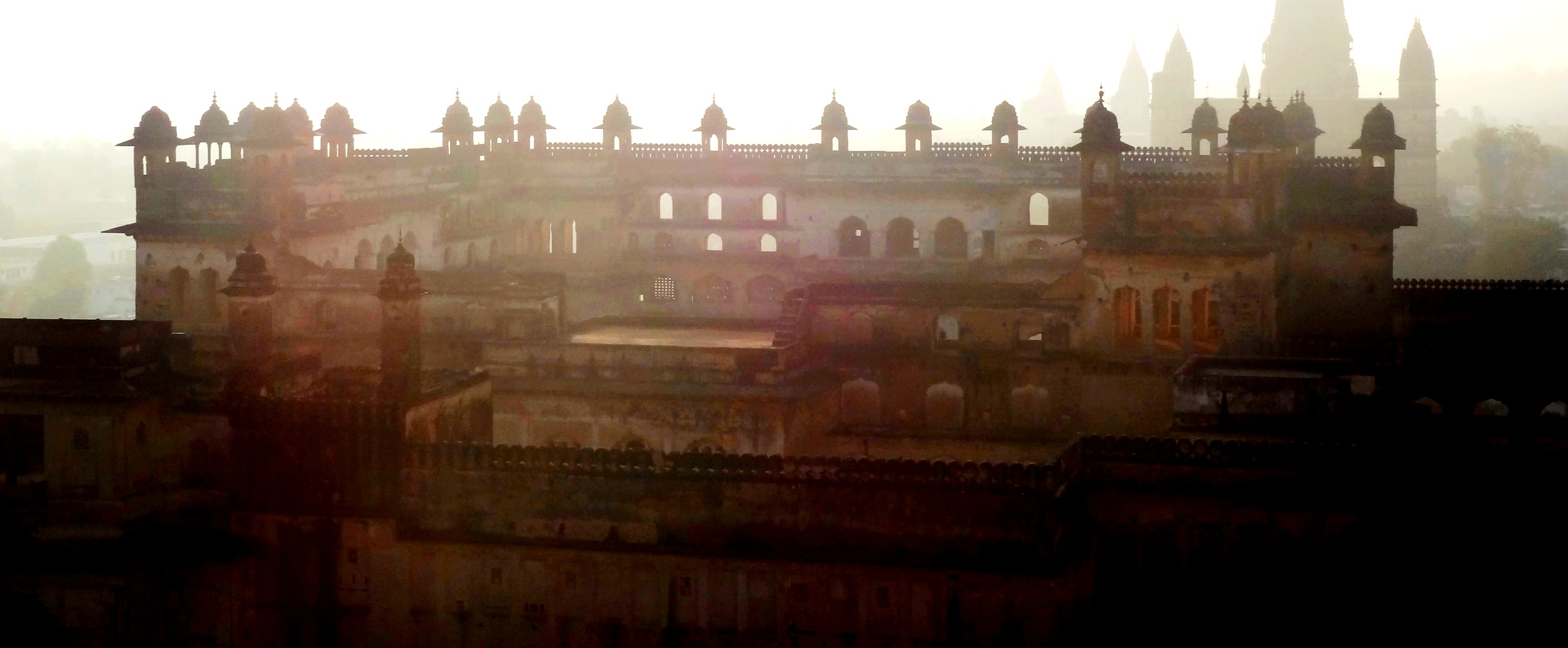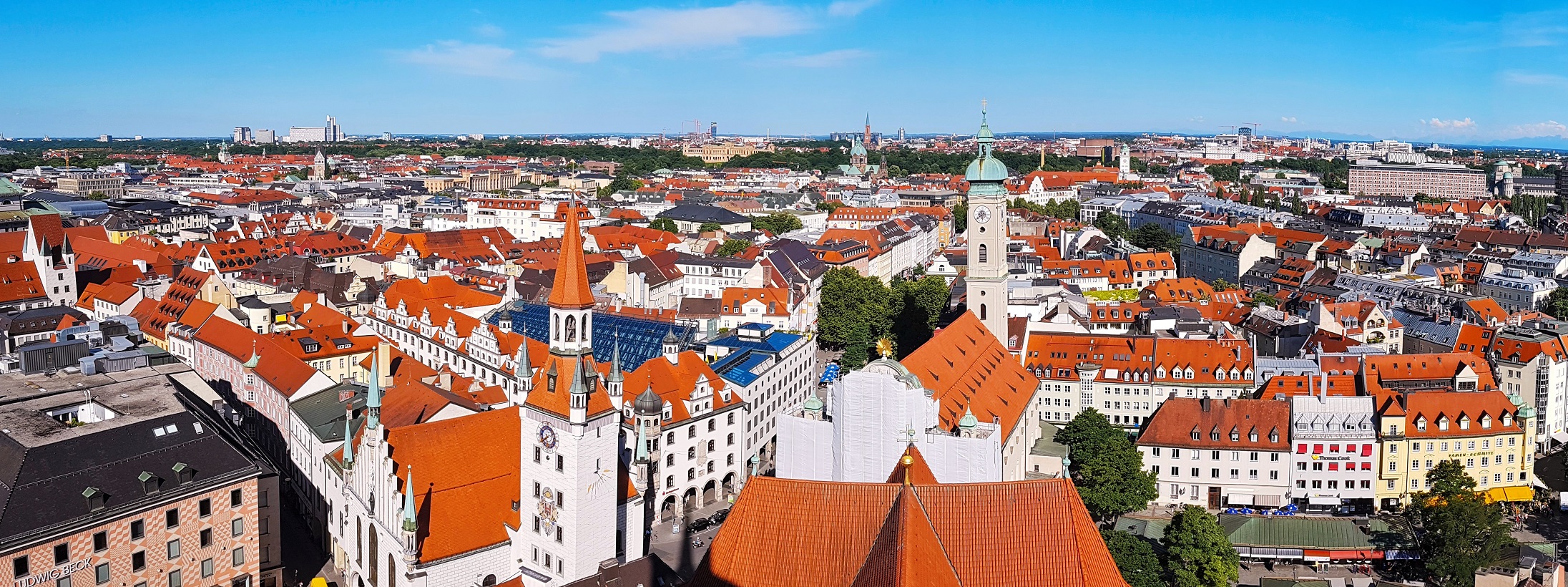Located in Central East of Karnataka, Hampi is a small village perched on the south bank of river Tungabhadra. Hampi is absolutely fascinating! Look in any direction and all you find is rocks and rocks everywhere. The 30 Sq Km rocky terrain is dotted with more than 1600 ruins of temples, bazaars, forts, water tanks, mandapas and many other structures. 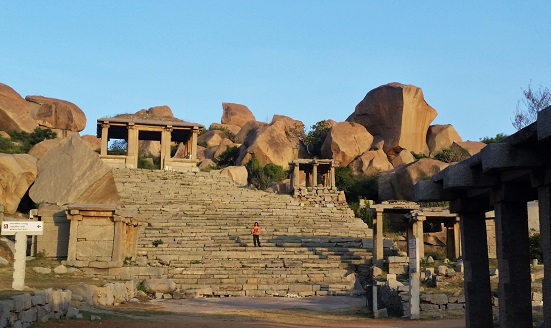
The bouldered dominated landscape is home to the ruins of Vijayanagar empire, which rose to become one of the richest empires in India in early 14th century before falling to the rising muslim sultanates in 16th century. The magnificent ruins tucked in the heaps of rocks stand in sharp contrast against the greenscape of palm groves, banana plantations and paddy fields. 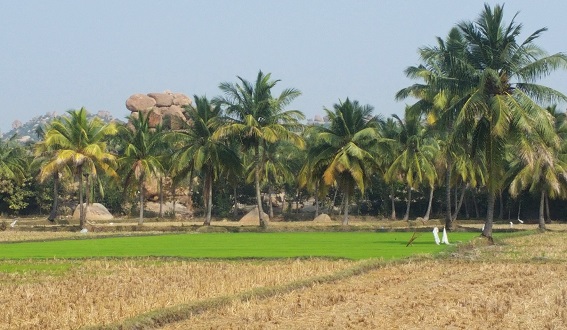
Hampi History
Hampi was established as a capital of Vijaynagar Empire by King Harihara Raya in 1336. Most of the temples and other monuments were commissioned from 1336 till 1570, barring Virupaksha Temple, the foundation of which was built in 11th century. Most of the Dravidian style architecture of Hampi was built using local stones from nearby areas.
One of the wealthiest empires of the time, Vijayanagar attracted traders from far away lands of Persia and beyond. The carvings on the Royal Complex platform reveal a gathering where Arabs, Persians and Portuguese traders are depicted attending festivities in 16th century. The mythological landscape along the river is believed to have been mentioned as Kishkindha in the Hindu epic Ramayana. 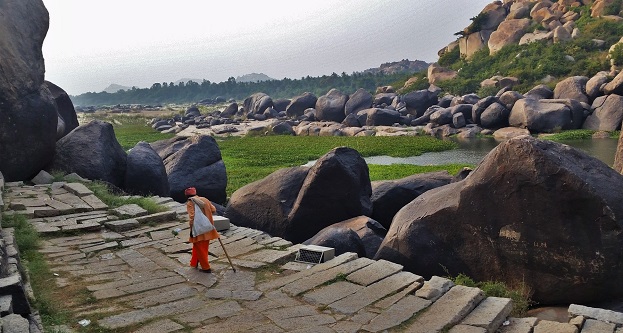
This last Hindu Kingdom fell to the attacks of muslim sultanates after ruling South of India for over 200 years. The attack in 1565 left Hampi in ruins with all the wealth looted and almost all the structures flattened to the ground. It got buried under vegetation and ignored till mid 19th century. Since 1980s, the Group of Monuments at Hampi is designated as UNESCO World Heritage Site.
Arrival in Hampi
After a night of traveling in a rickety sleeper coach, chaos welcomed us at Hampi bus stop. Despite of early morning arrival with sleepless night and groggy eyes, it was impossible to ignore the massive gateway tower of Virupaksha Temple visible from everywhere in Hampi. I already had made friends with Stefi and Julia; fellow passengers who had boarded the bus at Gokarna. It was a non stop fun for next two days till they parted the next night.
Our tired bodies were asking for sleep on a bed (which didn’t move), but somehow the day commenced differently. The masala chai at a rooftop cafe opposite the guest house enthused us with fresh energy and we decided to go about exploring. The narrow lanes of Hampi village echoed rural charm. While backpackers wandered around marveling the life in a sleepy town, the locals went about doing their morning chores.
Places to visit in Hampi
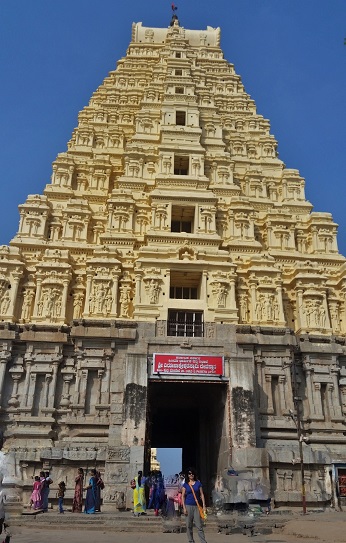 After wandering a bit, we headed towards Virupaksha Temple, whose 50 meters tall gopuram towers over everything in Hampi. The temple was filled with devotees in colorful sarees, who flocked to the site from nearby regions to celebrate Kartik Poornima- a special full moon night. The temple has been part of daily life of Hampi dwellers since it was first built in 11th century. The Manmatha tank adjacent to the temple was built much before, dating back to the 9th century.The scorching sun ensured we run for cover inside the Mandapa. The sun rays filtering through carved pillars created a unique glow inside the chamber.
After wandering a bit, we headed towards Virupaksha Temple, whose 50 meters tall gopuram towers over everything in Hampi. The temple was filled with devotees in colorful sarees, who flocked to the site from nearby regions to celebrate Kartik Poornima- a special full moon night. The temple has been part of daily life of Hampi dwellers since it was first built in 11th century. The Manmatha tank adjacent to the temple was built much before, dating back to the 9th century.The scorching sun ensured we run for cover inside the Mandapa. The sun rays filtering through carved pillars created a unique glow inside the chamber.
The Matanga Hill across the Royal road is one of the must places to visit in Hampi. The climb for Matanga hill starts from a small shrine which houses a monolithic Nandi statue. We climbed on top of the hill and waited for a sunset while admiring the beauty of the bouldered landscape. The panorama was dominated by a gateway tower of Virupaksha with a kilometer long colonnaded Royal Road approaching towards the temple. The road lined with depilated pillared ruins was a bustling Hampi bazaar once upon a time. This reminded me of the Roman road that i had walked on in Jerash in Jordan. The Ruins of Achyutaraya Temple with Sule Bazaar were other not to be missed structures from the top. The rocky terrain was engulfed by the evening warm glow just before we lost track of the sun. The serpentine waters of Tungabhadra sparkling under the setting sun conjured an idyllic setting. 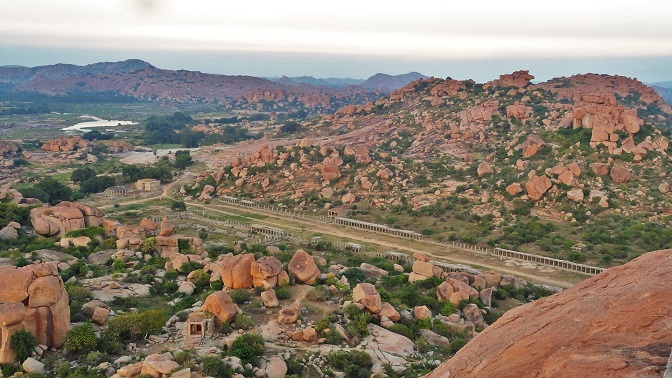 We talked about the magnificence of Vijayanagar empire over a dinner of Hampi thali served with staple of coconut rice and rasam.
We talked about the magnificence of Vijayanagar empire over a dinner of Hampi thali served with staple of coconut rice and rasam.
Next day we went for a full day bike tour with our guest house owner Veeru. After a breakfast of masala dosa with masala chai we mounted on push bikes and set on the road towards Hemakuta Hill. The complex overlooking the Virupaksha Temple is home to well preserved pre-Vijayanagara monuments. One of the notable is the  Kadalekalu Ganesha Temple which houses a 15 feet high monolithic statue of Ganesha. The next stop was Krishna Temple where D-cupped apsaras welcomed us at the entrance along with other floral motifs. The intricate temple top carvings hinted me of the ones i had seen on top of Hindu shrine of Banteay Srei in Cambodia. Well restored Krishna Temple adorned with intricately carved mandapa and inner sanctum is one of the important places to visit in Hampi. Three of us had a fun photo session here before moving on to the site of monolithic statues of Lakshmi Narasimha and Badavi Linga.
Kadalekalu Ganesha Temple which houses a 15 feet high monolithic statue of Ganesha. The next stop was Krishna Temple where D-cupped apsaras welcomed us at the entrance along with other floral motifs. The intricate temple top carvings hinted me of the ones i had seen on top of Hindu shrine of Banteay Srei in Cambodia. Well restored Krishna Temple adorned with intricately carved mandapa and inner sanctum is one of the important places to visit in Hampi. Three of us had a fun photo session here before moving on to the site of monolithic statues of Lakshmi Narasimha and Badavi Linga.


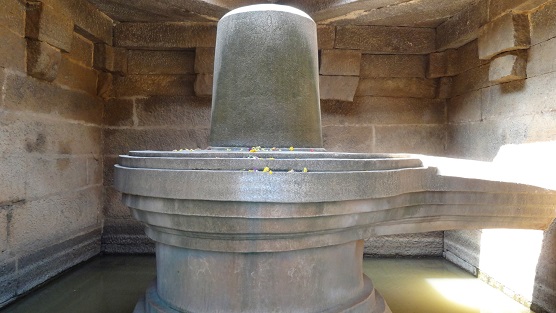
The sheer sizes of boulders ensured it was possible to carve out 22 feet tall statue of bulging-eyed Narasimha out of a single piece of rock. Lord Narasimha, a man- lion avatar of lord Vishnu, can be seen seated in a Lotus position with seven snakes forming a hood over it. Badavi Linga was another giant 10 feet tall monolithic Shiva statue situated right next to the Narasimha. Wandering around this unique terrain dotted with history was like a time travel. 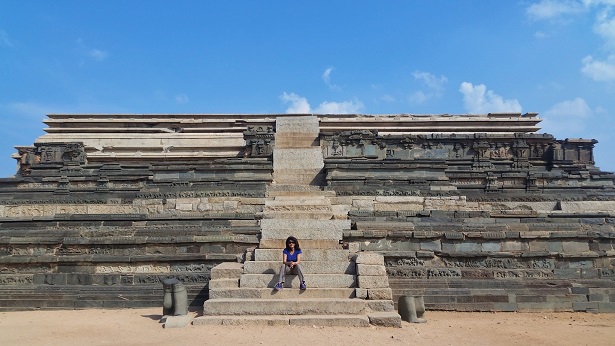
We cycled around undulating terrain, passing by banana plantations contrasting against rusty rocks. After taking a pitstop to rehydrate with lemon soda, we arrived at the Royal Center. The views from the giant platform of Mahanavami Dibba left me spellbound. The three tiered intricately carved platform showcases scenes of Dussehra celebrations. The surrounding vistas of walled complex containing a large step well and remains of Royal halls revealed the grandeur of Vijayanagar. It was known for extensive water infrastructure; the precision of steps inside the step-well and aqueducts still remain architectural marvels. 
I would like to claim that the Hazarama Temple inside the Royal Center is my favorite places to visit in Hampi. The outer walls of this ceremonial temple are decorated with scenes of festivities depicting elephants, horses and soldiers whereas the inner walls contain narrations from Ramayana. The entrance mandapa is adorned with four intricately carved pillars. It was impossible to take eyes off these polished granite pillars, exquisitely carved with various Hindu deities. It was quite unusual to see the use of black granite, given everything around Hampi was made out of rusty rocks from surrounding areas. The granites are believed to be gifted by the visiting international traders. 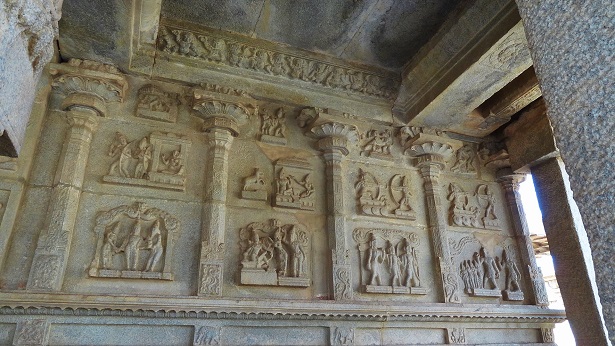


The Lotus Mahal in the middle of a green patch inside Zanana Enclosure is known to be a recreational mansion of the queen. The beautifully arched structure displays quite a different architectural style compared to other Hampi monuments. 
The Elephant stables close to Zanana Enclosure is one of the most unique buildings i have ever seen. Imagine this domed structure was built to house royal elephants; this reveals the prosperity of Vijayanagar in 15th century. The Queen’s Bath, the name says it all, was the last stop over before we took a break from the scorching sun. The indo-islamic architecture of this deceptively simple looking building was quite interesting. The sun was shining ruthlessly by now and we ran for cover to a thali restaurant tucked inside the banana plantation. Do carry enough hydration and a hat while going around Hampi. The monuments are scattered across an opened terrain, and it is not easy to find shade easily. 
Rejuvenated after a hearty meal and an hour long siesta, we cycled towards Vitthala Temple. Situated on the banks of Tungabhadra river, this highlight of Hampi stands amid the heaps of boulders. And it features on top of the list of places to visit in Hampi. By now i could easily recognize the common architectural thread running across all the temples; tapered gopuram at the entrance, mandapas and other public halls in the outer courtyards, pillared main hall, central sanctorum and sorts. But the Vitthala Temple was unique; it was an epitome of Vijayanagara architecture. 
An ornate stone chariot occupying the center of the outer courtyard has become an icon of Hampi Tourism. The chariot carrying an image of Garuda inside was the most coveted photo spot and it took us more than 20 minutes before we could click our pictures at Hampi chariot, which was being compared with the chariot at the Konark Sun Temple which is much much larger in size.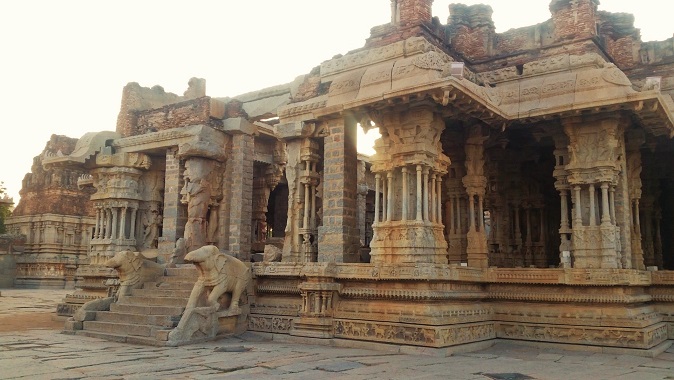
The intricately carved tiered platform of the main temple was designed to collect rainwater in its arches which would make the wave patterns on the temple walls. The 56 carved stone pillars surrounding the main temple are believed to reverberate to replicate the sounds of various Indian music instruments. As we wandered around, the setting sun illuminated the musical pillars and everything else inside the compound with a warm glow. It was mesmerising; there was a marvel at every corner.
On the way back to Hampi Bazaar, Veeru rushed us towards a rocky terrain along the river. I was unsure what was the hurry when we have seen all as planned. That’s where i caught a glimpse of a burning red sun at the horizon. The mighty gopuram of Virupaksha Temple seemed to rise like a phoenix next to the red ball of fire in the dusky sky. I was speechless. I have seen and captured thousands of sunsets, but this one left lasting impressions! We stared at the unrealistic beauty of the rugged landscape. Along the river life passed by with pilgrims taking a dip in holy water, devotees lining up for evening prayers at the Kodandarama temple and sadhus waiting for alms under a pipal tree. The evening with all its elements was surreal. We walked in silence, reminiscing over the glorious past of Hampi, for a while before the chaos of Hampi bazaar engulfed us. 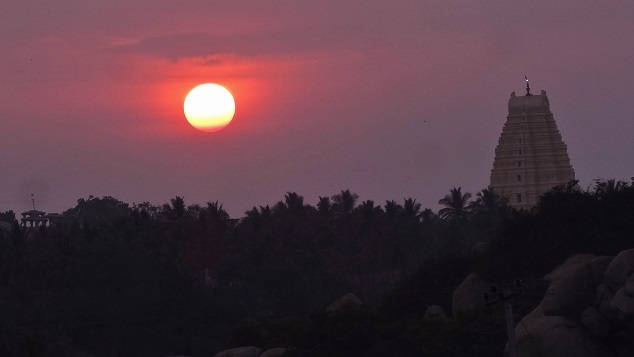
That night i bade farewell to my new friends. These are some of the perks of solo travels; the two days of intense traveling transformed a mere acquaintance in the bus into a lifelong friendship!

Next day I ventured across the river by boat to Virupapur Gaddi. It was like being on a different planet; this was the hippie face of Hampi. I hired a bike and wandered around Anegundi and villages beyond. The topography never stopped to amaze me. After a quick climb to Hanuman Temple, i returned to real Hampi. I wandered around the deserted ruins of Achyutaraya Temple and Sule Bazaar. It was quite a special moment. Usually as a solo traveler, my antennas would be high up in isolated spots but somehow Hampi seemed safe. I highly recommend this as one of the places to visit in Hampi. 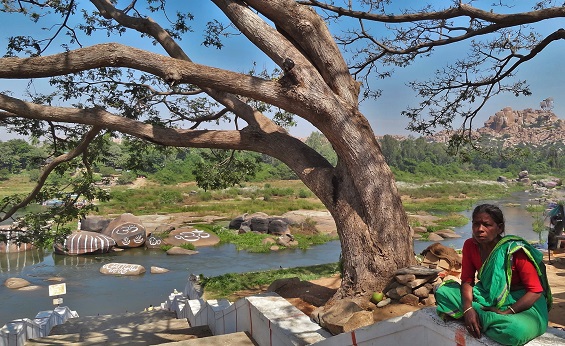
Coracle ride in Hampi
I went back to the riverside, the experience from previous evening was still lingering over my mind. While passing by the river i bumped across a local man who offered me coracle ride at a special rate I couldn’t refuse, and i am glad i didn’t! I seemed to float inside the coracle which was meant to carry at least 8 people.
Krishna, the boatman was a gentle soul and took utmost care of me. We sailed across for over an hour, where he narrated his version of Vijayanagar history. He parked the coracle a few times and we hiked up to visit smaller shrines tucked inside the boulders. The carvings of reclining Vishnu was something unique, so were the rock face reliefs. He also pointed out to one of the pillared structure as Valmiki’s abode. 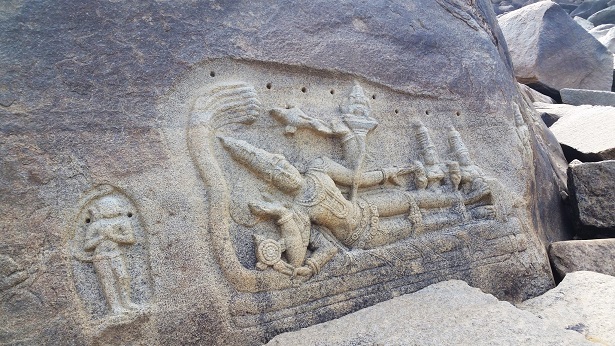
The most enticing were the open air mandalas of 108 shiva lingas and 1008 shiva lingas carved on a giant rockbed. I later learnt that these riverside ruins can be visited only with a boat ride and only after the monsoon waters recede. These should definitely be included in the list of places to visit in Hampi. The amazing fact is that the hidden Shiva lingas don’t find mention in guide books, including the Lonely Planet! The coracle ride turned out to be one of the most exotic things i have experienced in India. My trigger happy boatman took my camera and i obliged by posing whenever he asked me!

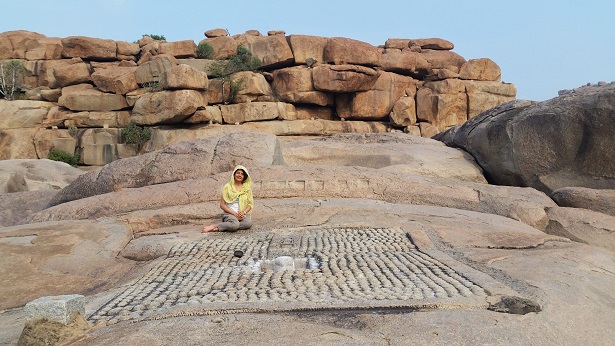
These were some of the last memories before leaving Hampi that night by bus. Though it was possible to cover the historical sites in a day, the idea was to linger around Hampi and soak in the historical vibes with a whiff of hippie culture.
How to reach Hampi
I flew to Goa and took a night bus by Paulo Travels on the same night. The tickets can be booked online in advance. The sleeper coach is not the best option, but it is the main option, it also has many stops in Goa and Gokarna making it convenient. The bus arrives in Hampi early morning by 6am, giving an entire day to explore. I took the same night bus on my way back to Goa. The bus leaves Hampi at 8.30pm and arrives in Goa in the early morning. I spent few relaxing days in Patnem in South Goa on the beach before heading home.
The night sleeper coaches are available from Bangalore as well. Hampi can also be reached by train from Goa or Bangalore. Taxis can be hired from Goa to visit Hampi for one night; this option is cost effective only if you are traveling as a couple or in a group.
Hampi Map
Refer to this map for the site orientation. Hampi can be explored by foot, by bicycles, by motorbikes, by autorickshaws or by car. During warmer months cars are a better alternative, the best way to explore Hampi is by bicycle in a laidback style!

